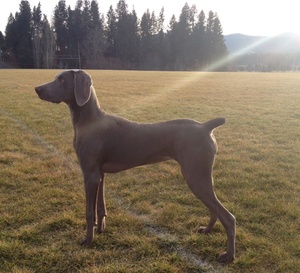The first week of December saw an arctic front blanket much of the country with subzero temperatures, snow and ice. Travelers were stranded in airports for days, household pipes were frozen and children left the house in multi-hued layers of clothing. It’s only December, and there’s a high likelihood of another arctic blast or two hitting before the end of February.
While it’s natural to protect our children from the discomfort of freezing temperatures, our dogs feel the temperature change, too. When it comes to canines, there are a few simple precautions you can take to protect them at home and in the field.
Provide proper shelter: If your dog spends his day outside (and hunting dogs should spend some time outdoors to acclimate to dropping temps), he needs shelter from the elements – snow, rain, wind, sun, heat and cold. A dog house with insulation of some sort is all that’s required. Canines have evolved to keep themselves warm, so just giving them a spot to get off the cold ground, some blankets or hay to nest in and a roof over their head is all that is required.
You can augment the basics with heat sources such as mats ...









